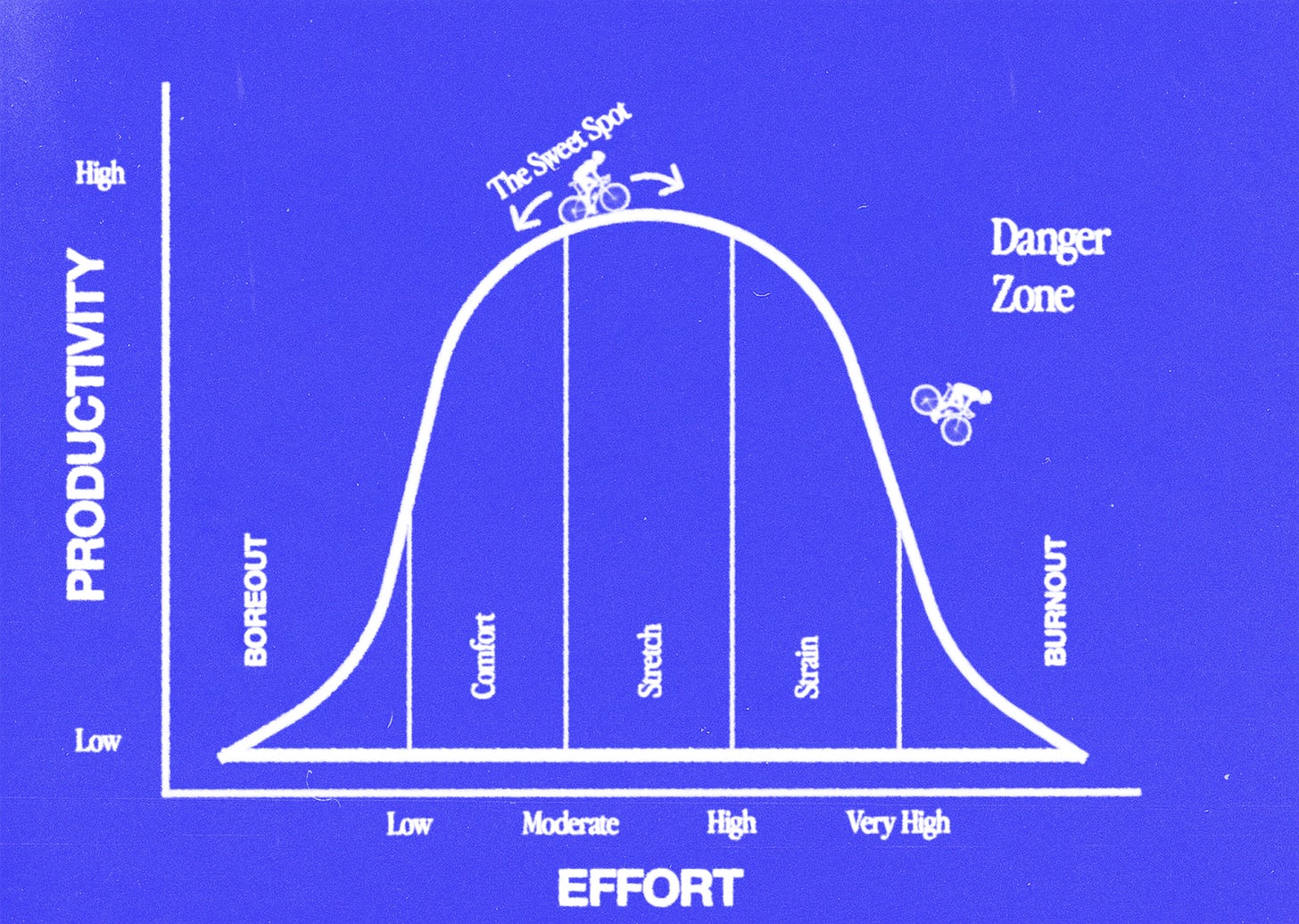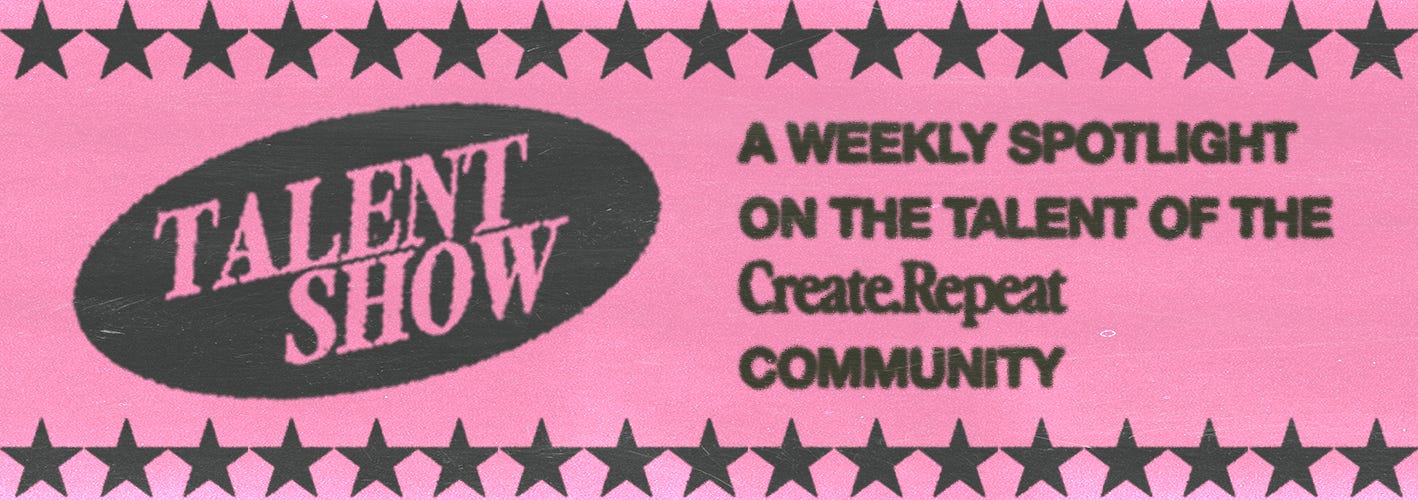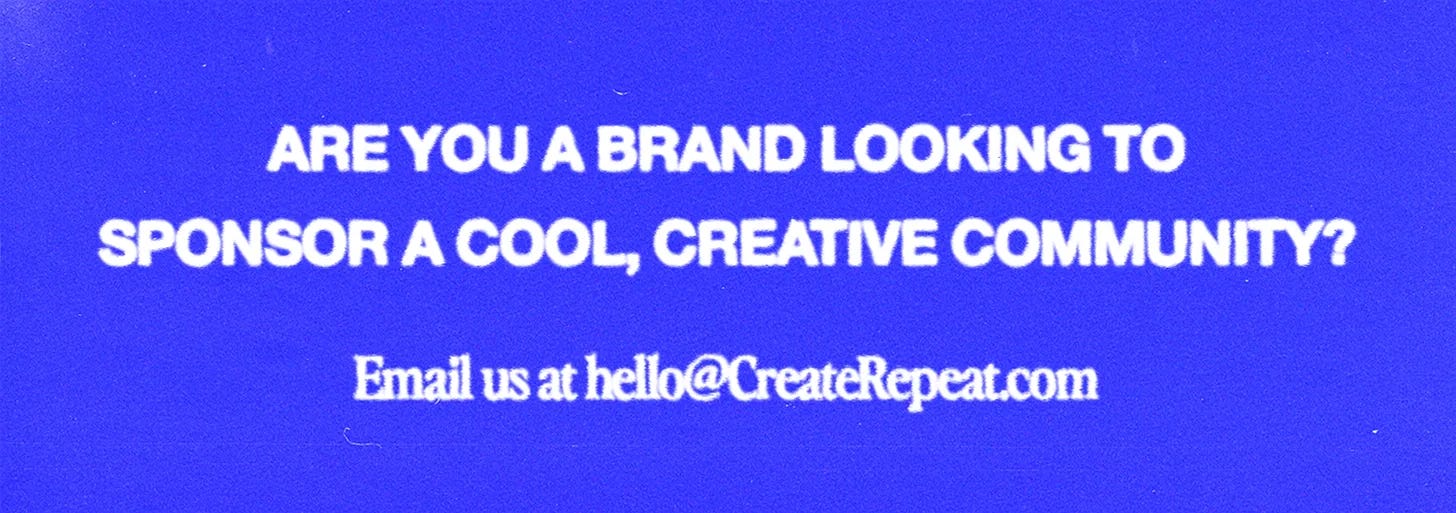At some point, we've all beaten ourselves up wondering, "Am I putting in enough work to reach my goals?" I’ve been there… I might be there tomorrow. That never-ending feeling of am I doing enough? Am I working hard enough to achieve the things I want?
Lying awake at night, your mind full of ideas for projects you're going to start — only to wake up, push those ideas aside, and fall back into your normal routine.
We're surrounded by productivity influencers telling us to grind harder. Recently, the "5 to 9 before my 9 to 5" trend blew up — people showing off their morning routines packed with workouts, saunas, and protein smoothies before a full-time job. And honestly... good for them, being productive is a good thing.
But how do we actually feel good about the work we've done? Is it possible to quiet that voice saying I'm not doing enough?
Maybe I'm thinking about this so much because I'm in the middle of watching Severance season 2 (no spoilers). Ben Stiller pitched the show as being about "the work-life balance." The characters literally sever their work lives from their personal lives, creating two versions of themselves — one who's always working, one who never works. What interested me is that neither version gets to feel fulfilled. The person outside of work never feels the satisfaction of a hard day's work. The person inside never gets to enjoy the rewards of what they've accomplished.
The whole “work-life balance” conversation is kind of annoying. Personally, whenever I feel good about my personal life, my work life starts to suffer, productivity drops, ideas feel stagnant. So what’s the solution? How do we find a balance, where we actually enjoy our time off without feeling guilty, while still maximizing our ability to create, build, and work hard?
I haven’t mastered this perfectly, I might still wake up tomorrow feeling like I’m not working hard enough, but I’ve found a few ways to get that voice asking “are you doing enough?” to shut up.
Burnout is real. Anyone who says it’s not is either lying, on something they shouldn’t be, or not working as hard as they claim to be. There’s a bell curve to productivity, and everyone’s peak looks a little different. Here’s my chart that I’ve put together to demonstrate this. This isn't entirely original as it mostly comes from this article from Delphis.
The biggest misconception is thinking that working harder always equals more output. Especially in creative work, that’s just not true. If you’ve got a cool idea, it’s going to take a ton of work to bring it to life, but there’s a threshold where more effort doesn’t actually move the needle. Push too far, and you slide straight into burnout. You can try to grind through it, but more often than not, you’ll just spiral into a weird funk where nothing feels enjoyable and you’re questioning why you even started the project in the first place.
The key is finding your outer limit, find the spot where your effort and productivity meet to create the best results. You might dip into burnout a little (that’s normal) but if you recognize what that trough feels like, you can pull back before it wrecks your whole process.
What’s tricky is that the peak moves. There might be seasons where you can grind harder without burning out. Other times, your capacity is lower, maybe because of life stuff, your job, or just the general state of the world. The point isn’t to avoid hard work, it’s to know when to slow down so you can actually keep creating long-term.
Understanding where that line is — and respecting it — is what’s going to lead to better work, more consistently, without running yourself into the ground.
On the other side of burnout is the mode where most of your work feels half-baked. You set aside five hours to work on something, but half that time gets swallowed up by scrolling Instagram or checking the fridge for a snack while you “work.” You make the plan, block out the time, but end up meandering, convincing yourself you were productive by day’s end and rewarding yourself with a show or some other distraction.
In this scenario, the voice saying “you’re not doing enough” might actually have a point. The only way to quiet that voice is to do the work. Anything worth making is going to take hours of unseen effort, with little to no reward — at least at first. But the reward comes in the process, in finishing the day genuinely feeling good about what you’ve built.
That means getting organized and executing. Artists and creatives struggle with this because creativity feels like something that should flow naturally. But to actually bring ideas to life, you have to break them down, build systems, and turn them into work. It’s not always fun and sometimes it drains the magic out of the idea, but anything worth making will take time and sustained effort.
Get a calendar. Set deadlines. Create artificial stakes. Find an accountability partner. Block out time for deep work, whatever works for you. Everyone’s method will look different, but what matters is that you show up and put in the time.
You’ll never go to bed satisfied if you only gave half of what you could have. The goal isn't just to finish the project, it's to end each day proud of the effort you put in, not trying to convince yourself you did enough.
Alright, so you've got the first two down, you've found the effort sweet spot and doing the work. But what now? Just keep the cycle going forever? The final step in silencing that nagging voice is learning how to rest.
Not the kind where you're checking emails for client updates or reviewing last minute things you forgot about. I mean shutting it all off. No notifications, no work thoughts. How long? Personally, I think one full day a week is the sweet spot. You can push out great work six days a week, grinding 8-12 hours a day, but you've got to pick a day to fully unplug.
Go for a walk without headphones. Read something for fun. Sit outside and do absolutely nothing. Let your mind wander. Boredom feels like wasted time, but that's usually where the best ideas show up.
The tricky part is rest takes practice, especially if you're someone who needs to feel productive to feel good. I’ve caught myself calling distractions rest when they’re really just ways to avoid slowing down. Learning how to rest well takes effort, just like everything else in this process.
Resting well isn't lazy, it's essential. If you never unplug, you'll end up recycling the same ideas and resenting the work you used to love.
If you've been beating yourself up lately for not hitting your goals or not grinding your "5-9 before your 9-5," maybe these steps can help. They've definitely helped me. None of this is about optimizing your life perfectly, you'll still hit burnout or boreout sometimes. But the better you get at recognizing those cycles and shutting out that nagging voice, the closer you'll get to understanding your own process, and creating work that actually fulfills you.
Keep creating and repeating,
- James
Links keeping us creative:
🖼️ Glen Baxter Spotlight: An interview with the legendary illustrator on his surreal, humorous art.
🎨 Cotton: Cotton is a strategically-minded design & technology agency that uses code as an artistic medium.
🍦 CW24 Generator: A fun tool for generating colorful typography frames with 6 unique presets.
🏃♂️ Jitter: An online motion design tool for creating animated content quickly. Think Figma for motion design.
This week, we’re spotlighting Svanik Rastogi, a creative from Uttar Pradesh, India, who’s experimenting with stop-motion and pushing his craft forward one step at a time.
Creative philosophy: “Trying to work something out is better than not doing it at all because you never know what you might end up creating.”
Current creative pursuit: Svanik has been exploring stop-motion animation and is looking to push his skills further, experimenting with new techniques to take his work to the next level.
Words to live by: “Just keep going and something you deserve will find you.” Svanik believes that sitting idle won’t get you anywhere—progress happens when you keep moving forward, even on tough days.
Go check out his work and show him some love!
Create.Repeat is a community for creatives.
The Create.Repeat Substack is a project designed to be a weekly diary on creativity. Sharing inspiration for artists to keep creating and repeating.
Written and curated by Zack Evans & James Warren Taylor
Each week we will be sharing recent thoughts on creativity, some links helping us stay creative, and a talent show featuring an artist from the community. Thank you for engaging with us.
History repeats. Create the future.















